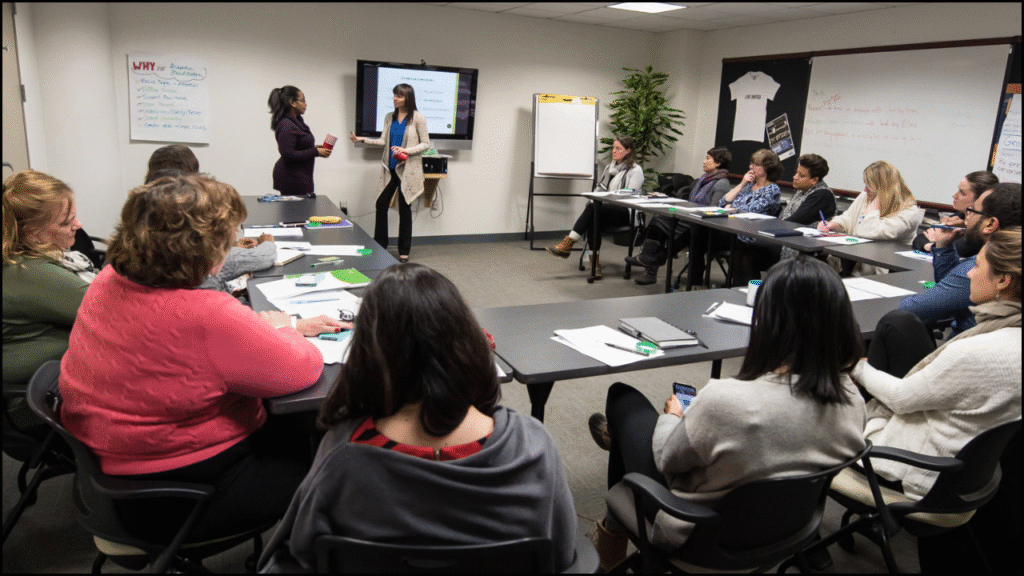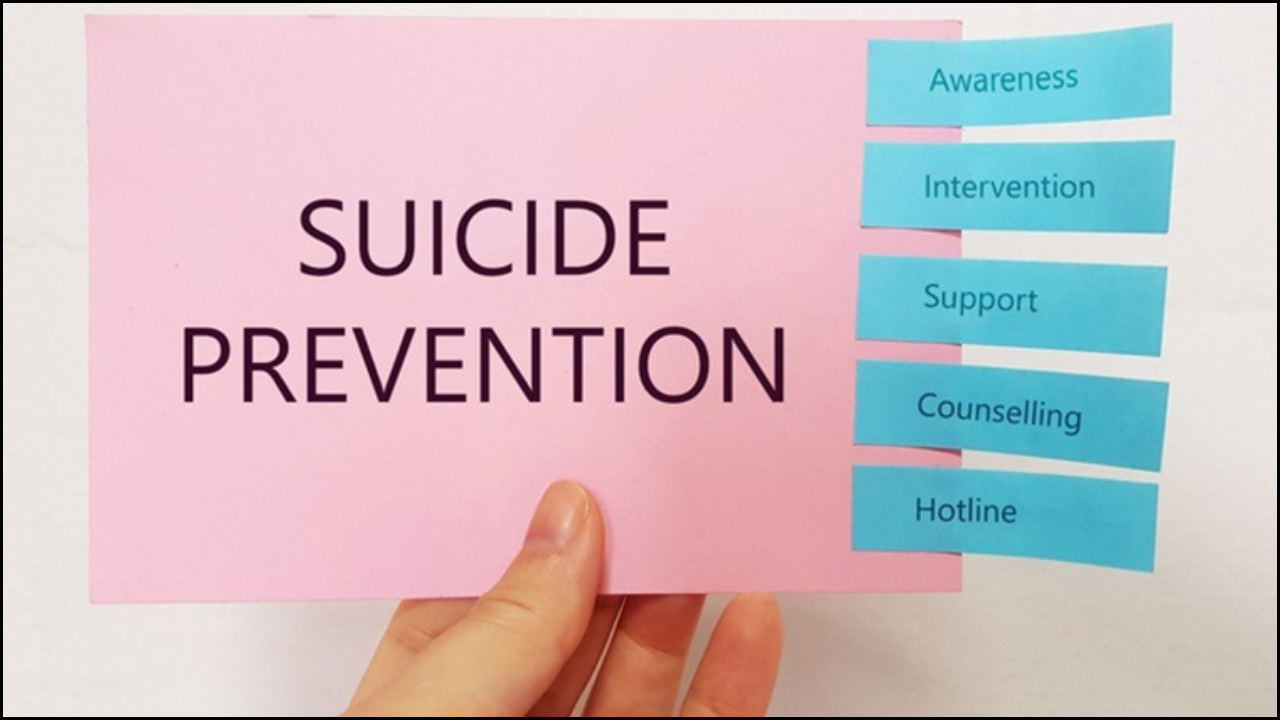
Youth mental health has become a pressing concern in recent years. Increasing stress levels, academic pressure, social media influence, and personal challenges have contributed to rising rates of anxiety, depression, and suicidal tendencies among young individuals. Service CC, a dedicated community and mental health organization, has initiated strategic collaborations with schools and colleges to address this critical issue. The partnership focuses on early intervention, awareness, and the provision of mental health resources to ensure students receive timely support.
Table of Contents
Objectives of the Collaboration
- Awareness Enhancement: Inform students, teachers, and parents about the risks and warning signs of youth suicide.
- Early Intervention: Identify at-risk students through regular screenings and counseling sessions.
- Support Network Development: Establish accessible channels for psychological support within schools and colleges.
- Skill Building: Equip educators and students with coping mechanisms to manage stress and emotional challenges.
Key Strategies Implemented
- Workshops and Seminars:
- Student Workshops: Interactive sessions addressing stress management, coping strategies, and emotional resilience.
- Teacher Training: Professional development programs focused on identifying early warning signs of suicidal behavior.
- Parent Awareness Programs: Guidance sessions to help parents recognize changes in their child’s behavior and communicate effectively.
- Counseling Services:
- On-Site Counselors: Appointment of trained counselors within schools and colleges to provide immediate support.
- Helpline Integration: Round-the-clock access to professional mental health support via Service CC’s helpline.
- Peer Support Groups: Encouragement of peer-led initiatives to foster empathetic listening and community support.
- Mental Health Resources:
- Digital Tools: Mobile apps and online resources designed to track mental health and provide coping exercises.
- Information Kits: Brochures, guides, and manuals highlighting crisis management techniques and preventive strategies.
- Emergency Protocols: Clear guidelines for educators to respond to students showing suicidal tendencies.
Impact Assessment
| Initiative | Implementation | Outcome | Metrics |
|---|---|---|---|
| Workshops and Seminars | Conducted in 50 schools and 20 colleges | Increased awareness about youth suicide | 85% of participants reported improved understanding |
| On-Site Counseling | Appointed 120 counselors across institutions | Reduced incidents of reported suicidal ideation | 30% decline in crisis cases over six months |
| Helpline Integration | 24/7 helpline accessible for students | Immediate access to support | Average response time: 5 minutes; 1,500 calls handled monthly |
| Peer Support Groups | 200 peer groups established | Strengthened emotional support networks | 70% student participation rate |
| Digital Mental Health Tools | Mobile app launched for stress management | Enhanced accessibility to coping resources | 10,000 downloads in the first three months |
| Parent Awareness Programs | 40 parent workshops conducted | Improved family communication | 90% parents reported a better understanding of their child’s mental health |
Collaborative Approach
Service CC’s model emphasizes joint responsibility between institutions and mental health professionals. Key elements include:
- Administrative Involvement: School principals and college administrators actively participate in planning and evaluating mental health initiatives.
- Teacher Engagement: Teachers act as first responders, trained to recognize distress signals and facilitate timely intervention.
- Student Leadership: Formation of student committees to champion mental health campaigns, reduce stigma, and encourage open dialogue.
- Community Support: Collaboration with local mental health organizations and healthcare providers for additional resources and referrals.
Benefits of the Collaboration
- Early Detection of Mental Health Issues: Schools and colleges can identify students at risk before crises escalate.
- Enhanced Student Wellbeing: Structured programs promote resilience, emotional intelligence, and coping mechanisms.
- Reduced Stigma: Open discussions normalize mental health concerns and reduce shame associated with seeking help.
- Holistic Support System: Integration of counselors, peer support, and digital resources creates a comprehensive safety net for students.
Challenges and Solutions
| Challenge | Solution Implemented |
|---|---|
| Limited Awareness Among Students | Conduct interactive, engaging workshops tailored to age groups |
| Shortage of Trained Counselors | Partner with universities to deploy psychology interns for supervised support |
| Cultural Stigma Around Mental Health | Implement sensitization campaigns and parent engagement sessions |
| Monitoring and Follow-Up | Introduce digital tracking tools and regular check-ins for at-risk students |
Future Plans
Service CC aims to expand its reach by:
- Extending Collaboration Nationwide: Partnering with more schools and colleges in urban and rural areas.
- Research and Data Collection: Analyzing program outcomes to refine strategies and interventions.
- Integration of Technology: Developing AI-based tools for early detection and personalized support.
- Policy Advocacy: Working with educational boards and government bodies to make mental health programs mandatory in curricula.
Closing Perspectives
Youth wellbeing is a critical foundation for societal growth. Collaboration of Service CC with schools and colleges represents a proactive approach to preventing youth suicide through education, counseling, and community support. Early identification of at-risk individuals, combined with structured mental health programs, ensures students receive timely intervention and support. Such initiatives not only save lives but also foster emotionally resilient and mentally strong communities prepared to face life’s challenges. The ongoing partnership between Service CC and educational institutions highlights the importance of collective effort in addressing youth mental health, creating a safer and more supportive environment for the next generation.





